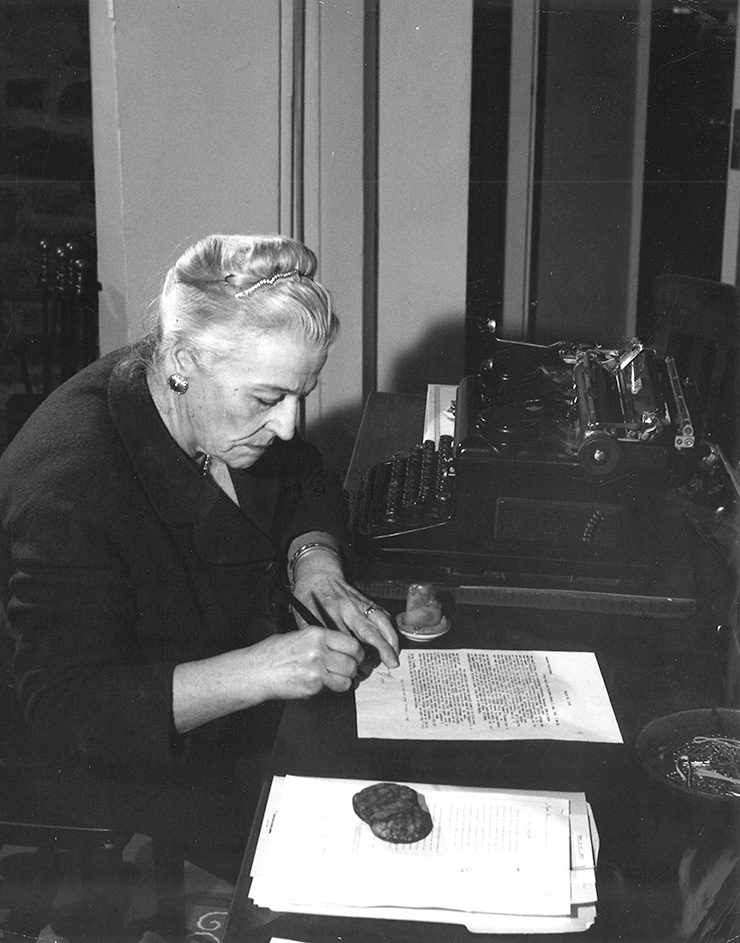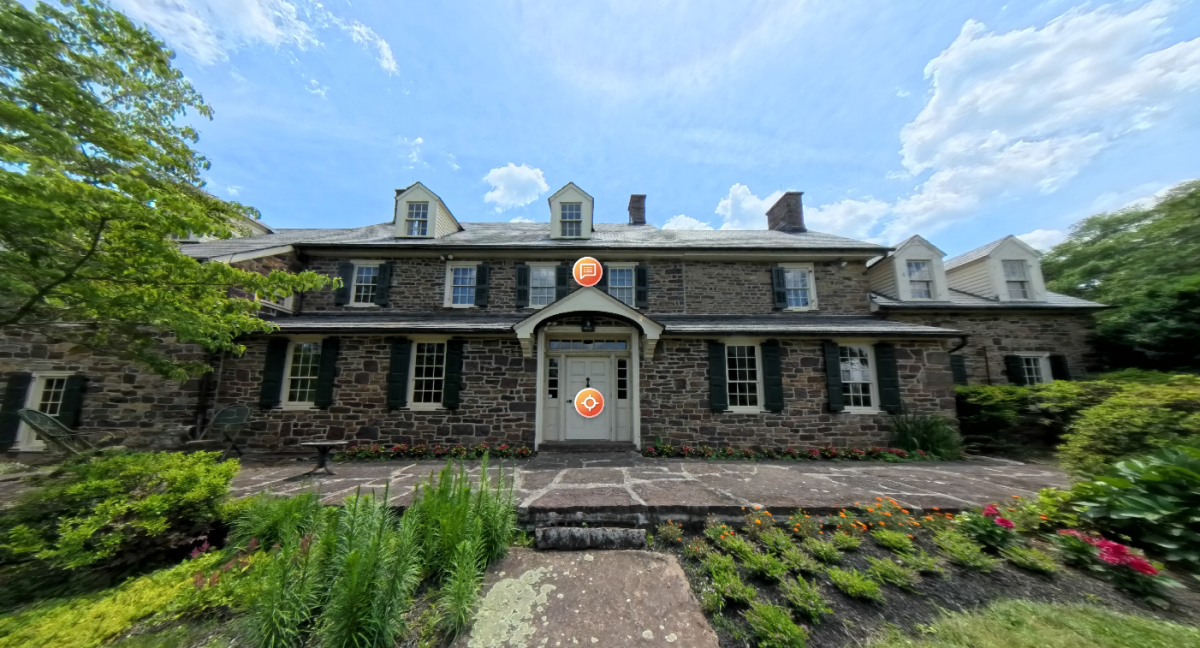Virtual Tours & 3D Artifacts

Pearl S. Buck's Home
Pearl S. Buck was a writer, activist, and humanitarian. She was awarded the Pulitzer Prize in Literature for her novel, The Good Earth, and the Nobel Prize in Literature for her body of work. Ms. Buck used the spotlight on her to shine a light on the plight of marginalized people everywhere and to advocate for the civil rights movement in the U.S.
She also founded Welcome House (the world’s first international biracial adoption agency) and established The Pearl S. Buck Foundation (now Pearl S. Buck International) to provide international humanitarian aid. Ms. Buck’s groundbreaking words and work paved the way for greater international and intercultural understanding. They also provided life-changing aid for countless impoverished and marginalized children, families, and communities in need.
What you are about to experience is a virtual journey through her former home, Green Hills Farm, now the Pearl S. Buck House National Historic Landmark Museum in Bucks County, PA. Ms. Buck lived in this home for the second half of her life with her husband Richard J. Walsh and their children. Through this interactive tour, you will experience Ms. Buck’s extraordinary life and legacy through the many artifacts in the museum’s mostly intact collection.
For the ideal virtual tour experience, please ensure you are connected to fast wifi or have strong cell reception. The tour will open in a new window when clicked.
Artifact Gallery
Included in the virtual tour of the Pearl S. Buck House are six 3D models of some of Pearl’s most beloved belongings, ranging from Pearl’s Nobel Peace Prize to her personal typewriter! These artifacts can be accessed through the 3D model hotspots in the tour, or through the gallery below. Click and drag on the models within the windows below to start exploring! We recommend using the full screen view while viewing the models.
Nobel Prize
Pearl Buck’s Nobel Prize for Literature that she won in 1938 for her body of work and masterpiece of biography. Ms. Buck wrote the biographies of her parents in The Exile and Fighting Angel. She was the first American woman to win the Nobel Prize.
Imperial Robe
This silk embroidered robe is from the late Qing Dynasty. Blue was the official color of the Qing Dynasty. Formal robes such as this one owned by Pearl Buck were designed in the traditional style of the ruling Manchu people and referenced their nomadic, horse-riding traditions.
Guanyin Statue
This statue was one of Ms. Buck’s prized possessions. It was often in her office either at home or in Philadelphia. In her own words Ms. Buck said “She is to Buddhism what the Virgin Mary is to Christianity… Kwan-yin has been a ‘guardian’ of mine and she is in all my homes.”
Pearl's Typewriter
This typewriter with a green crackle finish is the second hand typewriter that Ms. Buck refers to as the one she used in her Nanking attic when she wrote The Good Earth. Ms. Buck’s daughter Janice Walsh also used this typewriter for college.
Pearl's Chop
A chop is a stamp used to sign documents. Ms. Buck sometimes used this chop, which depicts her Chinese name, when autographing books. Pearl Buck was given her Chinese name, “Sia Zhenzhu”, by her tutor Mr. Kung. “Sia Zhenzhu” means “Precious gem silk weaver.”
Enameled Porcelain Charger
This is one of Pearl's Late Qing Dynasty Chinese "Famille-Rose" enameled porcelain "Millefiori" charger. Famille-Rose is a type of Chinese porcelain introduced in the 18th century and defined by pink overglaze enamel. Millefiori refers to the distinctive decorative floral pattern. This charger bears the mark and style of Emperor Qianlong from the 18th century, but the piece was made in the 19th century.


